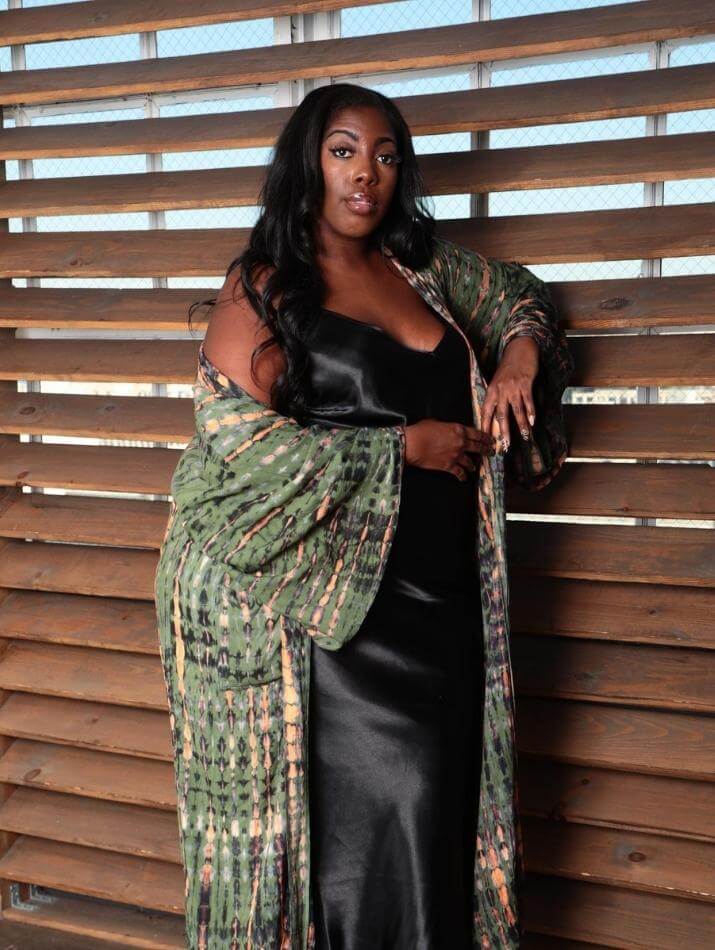
The fashion business has changed significantly in the last few years and is seen as one of the most polluting industries after agriculture. As a result, fashion companies must address market demands to create a sustainable, traceable, and transparent business model.
Today, companies of all sizes and sectors focus heavily on rebuilding their supply chain to meet these demands. However, adopting a sustainable fashion business model may require companies to act on how they move a garment from one point to another, meaning they may need to redesign their entire business model to offer value to the consumer. This article will discuss how fashion brands can adopt a sustainable fashion business model.
What Is Sustainable Fashion?
Beyond producing environmentally friendly items, sustainable fashion calls for a complete shift in how consumers view fashion and consumption. Thus, as a response to the negative impacts of fast fashion, retailers and consumers are opting for its opposite–slow fashion.
Slow fashion supports an ethical clothing manufacturing process that respects the environment, people, and animals. So, instead of focusing on speed and profit, fashion brands must slow down, experiment, and invest in circular business models that reuse materials and maximize their lifecycle. If you are interested in learning more about environmentally conscious clothing brands, check out our latest article.
How to Adopt a Sustainable Fashion Business Model
Invest in Long-lasting Materials
Making the fashion industry sustainable starts with the consumer–it is built and driven by their needs and responses. Therefore, the quality of sustainable clothing is a major factor in keeping customers interested, especially when it comes to sustainable plus-size clothes. For instance, monthly trends come and go so quickly that customers do not want to spend money on high-quality items. Creating unique designs and styles means that consumers can buy items that will stay fashionable, and when they’re made with high-quality materials, the buyer can wear them for longer. This ultimately makes clothing and accessories environmentally friendly by reducing overall consumption.
Reuse Offcuts, Materials, and Fabrics
Fashion designers should avoid using non-renewable resources, and need to reuse, deconstruct, and recycle second-hand fabrics, such as offcuts and remnants from other fashion houses and companies. Repurposing old materials and experimenting with unconventional fabrics can create something innovative that will draw in new customers and help your brand stand out.
Produce Less
All popular fashion brands heavily depend on profits. When production costs are very low, companies can easily produce many items rapidly, allowing more people to purchase quickly-made and low-quality items that won’t last long and will end up in landfills.
Change must begin with environmentally conscious fashion brands and designers, who should first adopt a sustainable business model. Next, they should work towards cutting their production to mirror that of smaller fashion houses, which will keep them from imitating unsustainable trends and reduce overproduction of garments. Moving manufacturing locations to where consumers are based can also help companies save money on shipping costs.
Final Thoughts
Making your company sustainable can be an overwhelming process, but ultimately, it will allow for more creativity in the production of your products and motivate you to make high-quality, long-lasting garments that your customers will adore. By adopting a sustainable business model, you’ll be making room for creative innovation and opportunities to expand your fashion collection, customer base, and brand–all while making a positive impact on the environment.